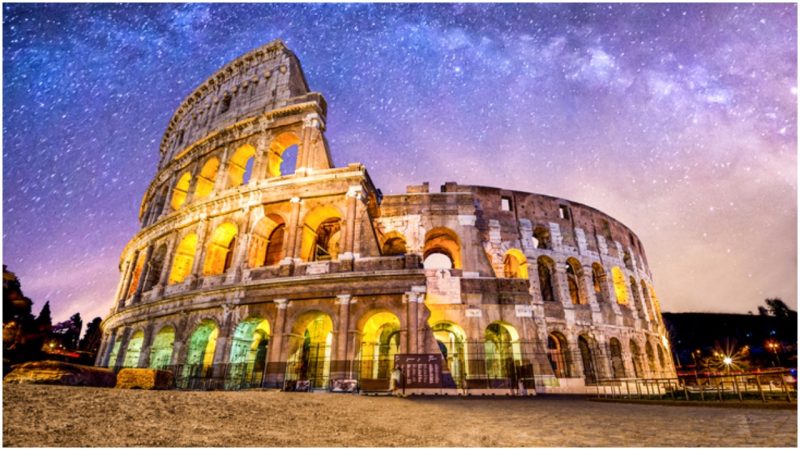For more than four decades, the top two levels of Rome’s most popular point of interest, the Colosseum, have been inaccessible to the public. The good news is that beginning in early November 2017, visitors can finally climb the steep stone stairs that ascend up this famed historical edifice and explore more of it.
In the time of ancient Rome, the Colosseum’s fourth and fifth levels contained the seats for the poorest people, as these vantage points were farthest from the circular field of the gladiator shows. Ironically, these levels offer top value in modern times.
From here, the venue’s visitors are now able to enjoy the best view of the whole Colosseum as well as the astonishing panorama of the Italian capital, the nearby Roman Forum, and Palatine Hill. It has been announced that up to 25 people per guided group will be admitted when the section open on November 1, 2017.
Rising some 130 feet above the stage for fighting, the uppermost levels were occupied by the plebeians of ancient Rome. These people belonging to the lower classes would sit on benches made of wood, cheering together with the people who sat in the sections below, which were for the more prosperous.
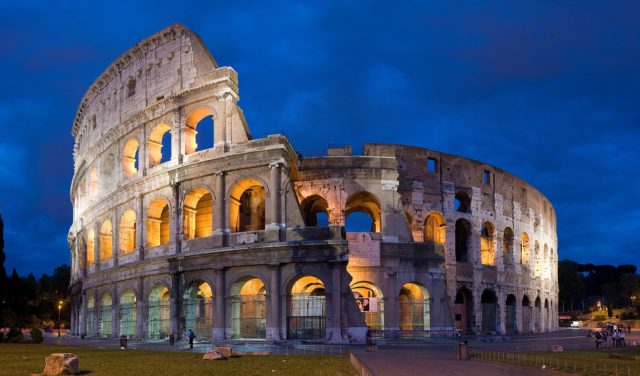
The ground level of the Colosseum was reserved, of course, for the Emperor himself, as well as for Rome’s senators and their families. Other significant officials would find their seats on level two, and people of the middle class were able to follow the gladiators’ battles from the third seating tier.
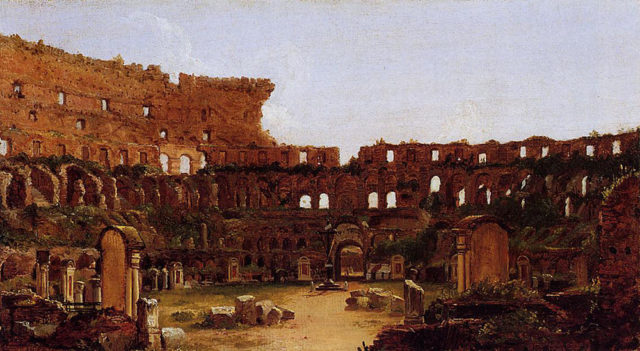
The edifice of Rome’s Colosseum was erected around 75 AD, and during its peak up to 80,000 visitors filled the arena to follow the events in the circular ring in the middle, no matter if it was men versus animals or men versus men.
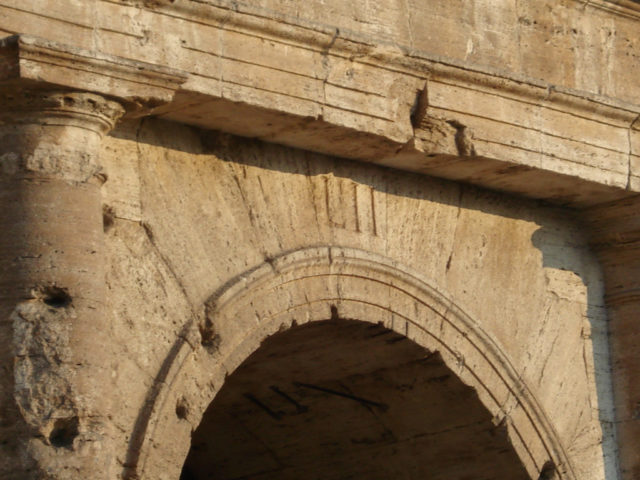
Some of the early Christians were condemned to a public death suffered in the Colosseum, such as being devoured by animals. The first Christian martyr, Ignatius the bishop of Antioch, was torn apart by lions, at the command of Emperor Trajan in 107 AD.
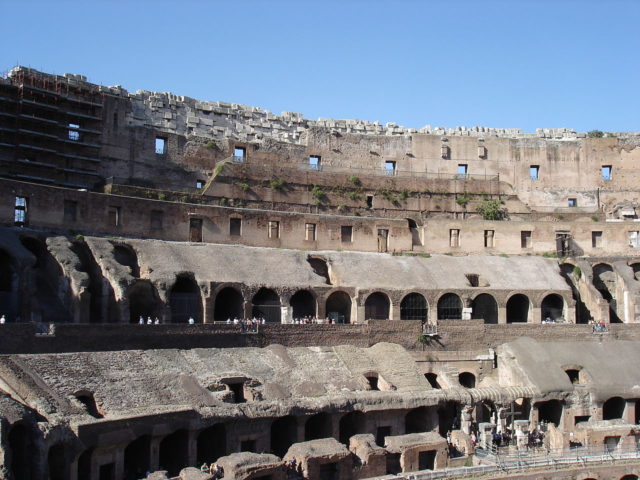
Regardless of the fact that the Colosseum is Rome’s top point of interest, numerous sections of the building have been shut down for tourists in the past decades, mostly due to safety concerns and ongoing restoration projects. For example, the third level of the ancient arena, as well as its subterranean section, was opened only in 2010.
In the past years, the fourth and the fifth levels underwent considerable restoration. The effort was financially backed by the company Ted’s, a well-known Italian brand that manufactures leather goods such as shoes. The company invested around $30 million in the Colosseum’s restoration efforts as early as 2011.
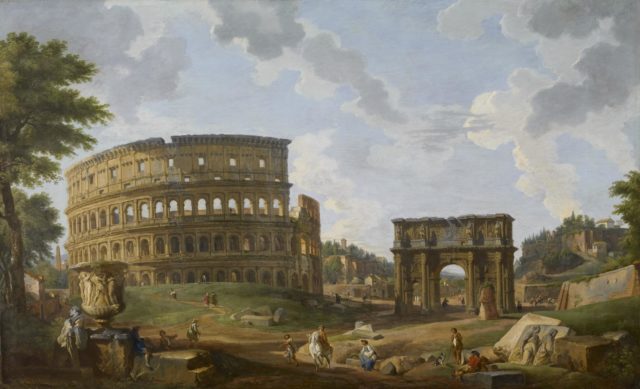
Back then, some people raised concerns about engaging the business sector, especially private companies, in restoring historical buildings that are of national interest, but the investment deal seems to have paid off.
Restoration efforts will always be essential in keeping the buildings of antiquity alive. Projects for revitalizing or clearing the venue of its overgrown vegetation have been carried out by several different groups.
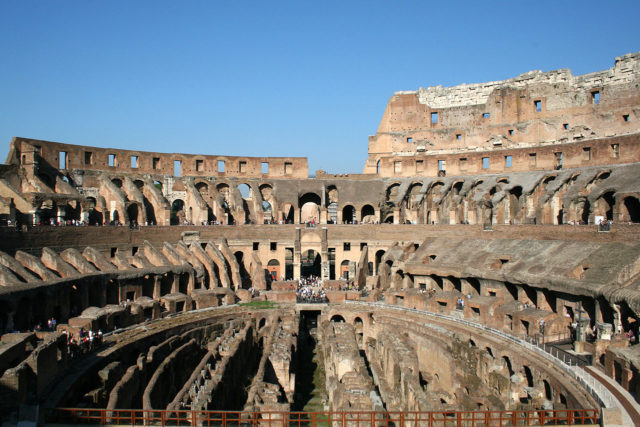
The Colosseum’s facade was strengthened with triangular brick pieces in two instances during the early 19th century, and the arena’s subterranean realms were fully exposed when Benito Mussolini was in office.
Read another story from us: Ancient Romans flooded the Colosseum for mock naval battles
The Colosseum remains to be one of the most popular places to see, not only in Rome but the whole of Italy. Estimates tell that around 6 million people visit the venue each year. In addition to this year’s opening of the fourth and fifth floors, visitors will be able to access more areas such as the dimly lit corridors that were also previously inaccessible to the general public.
